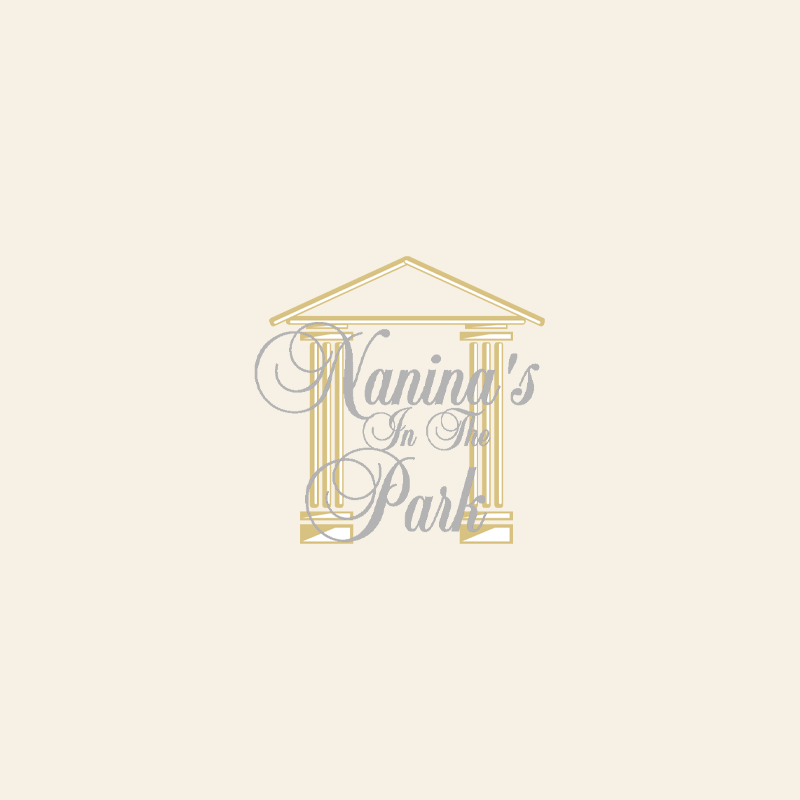When it comes to organizing the seating arrangements for a wedding, people tend to be done with them in ten minutes or agonize for days on end where to put everyone. They’re kinda’ indicative of wedding planning as a whole that way: For some, it’s easy. Done. Onto the next thing, and for others it’s a chance to personalize, to experiment, to see now unique they can make their own wedding. For the people that get into it, looking at a seating chart is like a jigsaw puzzle. Where does each piece fit best? Is there a way to maximize everyone’s enjoyment? Others try to make a social experiment out of it –at times making it look more like chemistry: “If I put person X next to person Y I hypothesize that they…” Over the years, we’ve noticed two little experiments that seem particularly popular.
Playing The Matchmaker
We don’t think we’ve ever met a single person that’s never once in their lives tried to play matchmaker at one time or another. Sometimes, it just too hard to resist. You’re happy, and you want the people you care about to be happy too, and hey, sometimes you see two people and it just clicks, “they’d go great together”.
The thing is, like any kind of experiment, whether or not you get praised for your vision or chewed out for mingling in other people’s affairs is largely a matter of success. Honestly, there’s really no harm in this. But if you’re going to do it, there’s a big asterisk that goes with trying to play matchmaker (at weddings or anytime, really). Do not push it, and we’re not talking about nagging them or telling them how you’ve found the perfect person for them (we can already hear the groans from the many people who’ve been given that line), we mean less is more.
A subtle matchmaker is an effective matchmaker. If the people really do have the latent chemistry that you think, then seating them next to each other will be enough. The rest will take care of itself. Any words, any declarations, hints or nudges will put undue pressure on these people, and likely sabotage the chemistry you’re trying to create.
Playing The Bridge Mender
While it may feel enticing to sit the estranged friends or the family members that no longer talk next to each other, avoid that compulsion. Since weddings are a celebration of love, it’s easy to get caught up in the excitement and positive energy and think yourself a mender of bridges. If there’s any place they’ll likely to forgive one another, it’s a wedding, right? We wish this wasn’t so, but chances are, that’s a sure-fire recipe for discomfort at best, and silly drama at worst. Now, your wedding isn’t about them, so it’s common courtesy that guests leave their baggage at the door, but that doesn’t mean you need a bellhop to walk up and hand them said baggage when they least expect it.
If they end of resolving their differences at your wedding –all the more wonderful. Let them seek each other out and do so on their terms. In this case, play it safe. Keep them away from each other.
Ultimately, these are rules of conventional wisdom, and no amount of that could ever address or encapsulate all of the oddities, idiosyncrasies and wonderful minutiae that make up each family and circle of friends. You might read this, do the opposite and have things work out wonderfully. No joke or condescending tones –that’s fantastic. We just think you should fully understand the risk you’re taking whenever you look at a seating chart as if it’s a log sheet for a social experiment. The differences between a foolhardy risk and a calculated one is that you have a better chance of not being met with unpleasant surprises from the latter, and nothing complicates a wedding day like surprises of the unpleasant variety.


